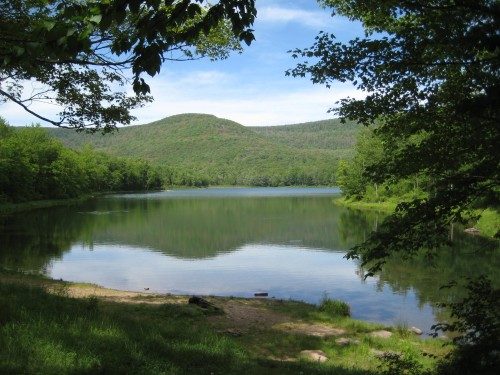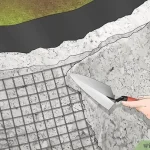Have you ever wondered how big ponds can be? Ponds come in various sizes, from small backyard ponds to large natural bodies of water. Let’s dive into the world of ponds and explore their dimensions.
Small Backyard Ponds
Small backyard ponds are a charming addition to any garden or outdoor space. These ponds can range in size from a few square feet to around 200 square feet. They are often designed to accommodate a variety of aquatic plants and small fish.
Here are some common sizes for small backyard ponds:
| Size (Square Feet) | Dimensions |
|---|---|
| 50 sq ft | 5 ft x 10 ft |
| 100 sq ft | 10 ft x 10 ft |
| 150 sq ft | 10 ft x 15 ft |
Small backyard ponds are perfect for adding a touch of tranquility and nature to your outdoor space without taking up too much room.

Credit: sceniccatskills.com

Credit: newengland.com
Medium-Sized Ponds
Medium-sized ponds are often found in parks, botanical gardens, and other public spaces. These ponds can range in size from around 200 square feet to 1,000 square feet or more. They may feature a variety of aquatic plants, fish, and sometimes even small wildlife.
Here are some common sizes for medium-sized ponds:
| Size (Square Feet) | Dimensions |
|---|---|
| 300 sq ft | 15 ft x 20 ft |
| 500 sq ft | 20 ft x 25 ft |
| 800 sq ft | 20 ft x 40 ft |
Medium-sized ponds provide a peaceful oasis for visitors to enjoy the beauty of nature and observe aquatic life.
Large Natural Ponds
Large natural ponds are expansive bodies of water that occur in natural landscapes. These ponds can vary greatly in size, from 1,000 square feet to several acres or more. They are often home to a diverse range of plant and animal species.
Here are some common sizes for large natural ponds:
| Size (Square Feet) | Dimensions |
|---|---|
| 1 acre | 43,560 sq ft |
| 5 acres | 217,800 sq ft |
| 10 acres | 435,600 sq ft |
Large natural ponds play a vital role in supporting local ecosystems and providing habitats for a wide range of wildlife.
The Importance of Pond Size
The size of a pond can have a significant impact on its ecosystem and the species that inhabit it. Larger ponds tend to support more diverse plant and animal communities, as they offer a greater variety of habitats and resources.
Small ponds, while charming, may be more susceptible to fluctuations in temperature and water quality. They may also be more prone to algae blooms and other issues due to their limited size and capacity.
On the other hand, large ponds are better equipped to maintain stable water conditions and support a wider range of species. They can also provide important breeding and feeding grounds for birds, fish, amphibians, and other wildlife.
Conclusion
From small backyard ponds to large natural bodies of water, ponds come in all shapes and sizes. Whether you’re looking to create a peaceful retreat in your garden or explore the wonders of a natural pond ecosystem, the size of the pond can make a big difference in its appearance and function.
Next time you come across a pond, take a moment to appreciate its size and the diverse life forms it supports. Ponds may vary in size, but they all play a vital role in maintaining the health of our environment and providing a home for a wide range of species.





